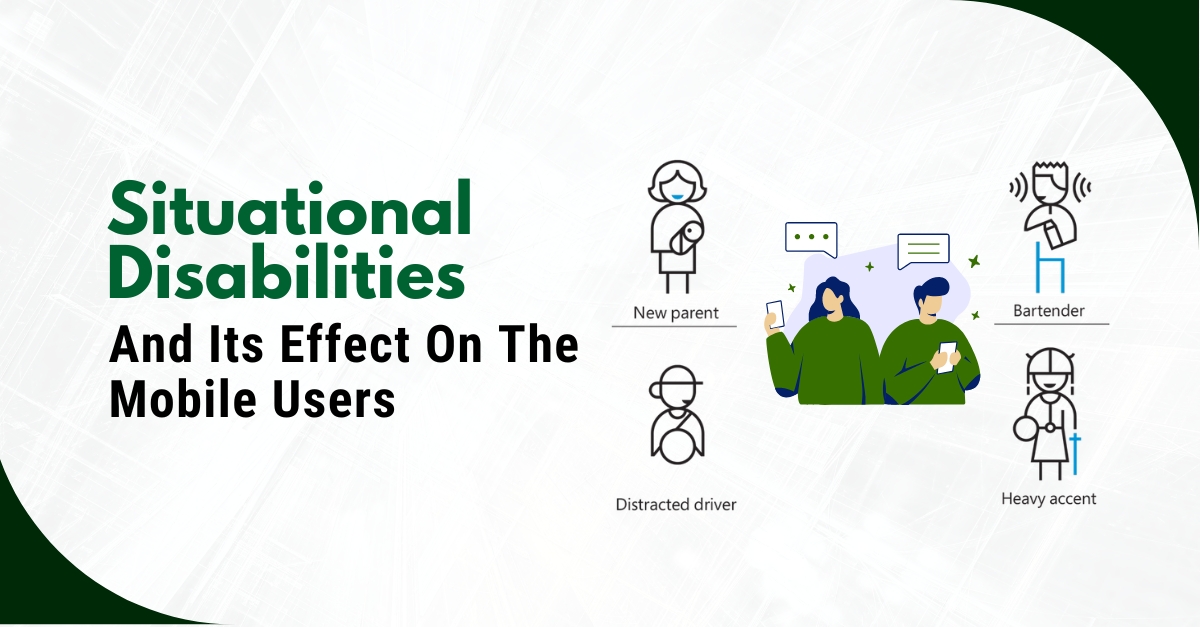The internet has revolutionized the way we live, work, and interact with the world around us. However, for many people with disabilities, accessing the vast wealth of information and opportunities online can be a significant challenge. This is where digital accessibility services come in, playing a crucial role in ensuring that everyone can experience the full potential of the web.
In recent years, Natural Language Processing (NLP) algorithms have emerged as powerful tools for revolutionizing web accessibility standards. These algorithms are trained on massive amounts of text data, enabling them to understand and process human language in a way that was previously unimaginable. This has opened up a new frontier in accessibility, with NLP algorithms being used to develop innovative solutions that are making the web more inclusive and user-friendly for everyone.
Let’s delve deeper into how NLP algorithms are transforming the landscape of web accessibility:
1. Automating Accessibility Checks:
Traditionally, checking websites for accessibility was a manual and time-consuming process. However, NLP algorithms can now automate many of these tasks, making it faster and easier to identify and address accessibility barriers.
For example, NLP-powered tools can scan website content for issues like missing alt text descriptions for images, ensuring that people who use screen readers can access the information. They can also analyze the structure and layout of web pages to identify potential navigation difficulties for users with motor impairments.
By automating these checks, NLP algorithms can help developers and website owners ensure that their websites meet accessibility standards more efficiently and effectively.
2. Building More Inclusive Interfaces:
One of the biggest challenges in web accessibility is creating interfaces that are usable by people with a wide range of disabilities. NLP algorithms can be used to develop more inclusive interfaces that adapt to the needs of individual users.
For example, NLP-powered chatbots can provide alternative ways for users to interact with websites, such as through voice commands or text messaging. They can also personalize the user experience based on individual preferences and abilities.
3. Generating Accessible Content:
Creating accessible content is essential for ensuring that everyone has equal access to information online. NLP algorithms can be used to generate different formats of accessible content, such as audio descriptions for images and transcripts for videos.
Additionally, NLP can be used to simplify complex text passages, making them easier to understand for people with cognitive disabilities. By generating a variety of accessible content formats, NLP algorithms can help to break down barriers and ensure that everyone can benefit from the wealth of information available online.
4. Breaking Language Barriers:
The internet is a global platform, but language barriers can make it difficult for people who do not speak the dominant language to access information and opportunities online. NLP algorithms can be used to translate website content into different languages, making it accessible to a wider audience.
Moreover, NLP can be used to develop tools that help people with speech impairments communicate more effectively online. For example, speech-to-text tools can transcribe spoken words into text, while text-to-speech tools can read text aloud.
5. Fostering a Culture of Accessibility:
NLP algorithms can also play a role in raising awareness about web accessibility and promoting a culture of inclusion online. By analyzing large datasets of web content, NLP can identify common accessibility issues and trends. This information can then be used to educate developers, designers, and website owners about the importance of accessibility and provide them with the tools and resources they need to create more inclusive websites.
The Future of NLP and Web Accessibility:
The field of NLP is still evolving, and its potential to revolutionize web accessibility is only just beginning to be explored. As NLP algorithms become more sophisticated and powerful, we can expect to see even more innovative solutions emerge that make the web a more inclusive and accessible place for everyone.
In conclusion, NLP algorithms are playing a transformative role in revolutionizing web accessibility standards. By automating accessibility checks, building more inclusive interfaces, generating accessible content, breaking language barriers, and fostering a culture of accessibility, NLP is helping to make the web a more inclusive and user-friendly place for everyone. As NLP technology continues to advance, we can expect to see even more groundbreaking solutions that will further bridge the digital divide and ensure that everyone has equal access to the opportunities and information available online.
Digital accessibility services providers are at the forefront of this revolution, using NLP algorithms to develop cutting-edge solutions that are making the web a more inclusive space. By working together, NLP researchers, developers, and accessibility advocates can create a future where everyone, regardless of disability, can participate fully in the digital world.







